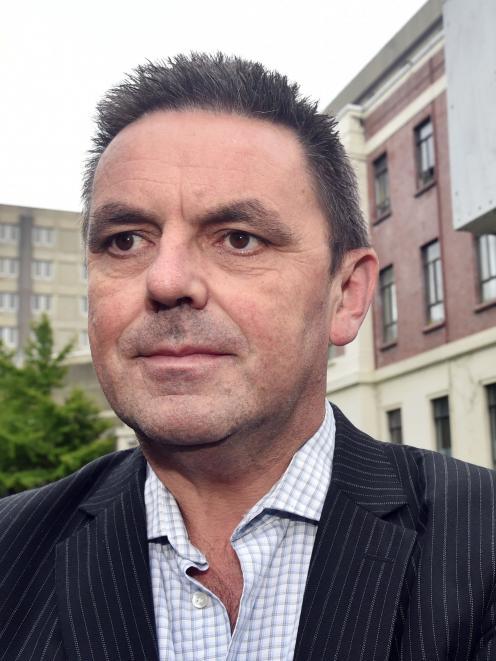
''Around 90% of aged residents fall within two care categories - rest-home and continuing hospital care - with providers expected to manage a diverse range of needs within a single category price,'' said the report, which was commissioned by the Ministry of Health and district health boards and compiled by accountancy firm Ernst and Young.
''This may create disincentives for providers to admit more costly residents, and increases financial risks for both funders and providers.''
There are now four funding categories, but they were ''blunt instruments'' which often resulted in two residents with very different needs being funded at the same level, lead DHB chief executive for older people Chris Fleming said.
''There are also regional variations, where in some places there are patients not in hospital care with the same score as people living elsewhere who are.
''The current four categories fail to take into account the fact that everyone is unique.''
The report recommended that funding categories be overhauled so they reflected the variety of medical conditions and degrees of care people needed, Mr Fleming said.
While that might make the process more bureaucratic, if done right it should mean people got the care they needed, he said.
''It is a very simple billing process at the moment, but the suggestion is that there could be up to 15 categories.
''That makes it more burdensome from an administrative and billing perspective, but these residents are already having comprehensive clinical assessments, so the base for a new funding model is already in place.''
A 2013 Treasury report has predicted that aged residential care would increase from 0.7% of GDP to 1.7% by 2060.
While the report specifically did not consider fiscal implications, the future funding model needed to be flexible enough to meet changing policies and demands, Mr Fleming said.
The 512-page report's recommendations had considerable merit and would be considered further by the ministry and DHBs, Mr Fleming, who is also Southern District Health Board chief executive, said.
From an SDHB perspective, the report highlighted the challenges for a region with a mixed urban-provincial-rural population and a higher number of people aged over 65 than the national average, Mr Fleming said.
''Delivering services in downtown Dunedin versus in downtown Te Anau is markedly different ... I think the model has all the elements that will enable us to recognise that.''












